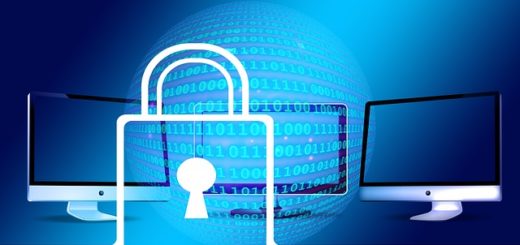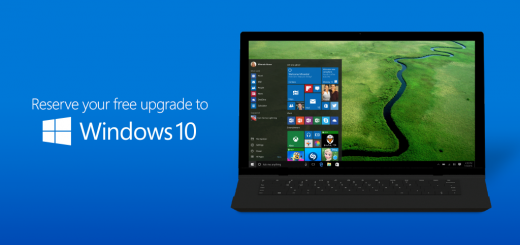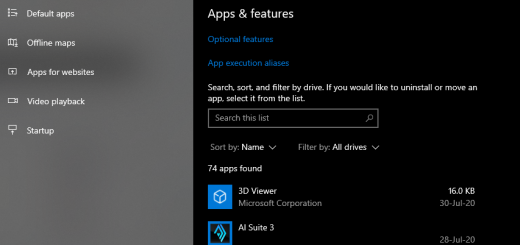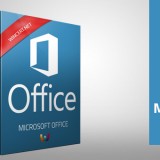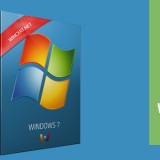8 Best technologies used in Education
Let us notice the progress of education and estimate how these 8 cutting-edge advances might actually improve training.
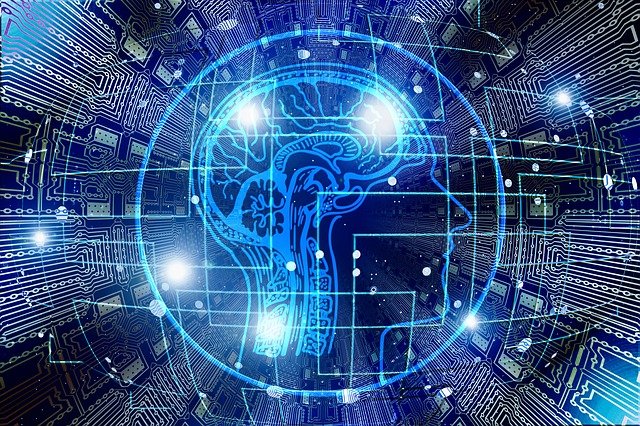
- Augmented Reality (AR)
We’re actually trusting that Augmented Reality will overwhelm the world via Google Glass, gaming, and wonderful applications for astronomy. It’s required to wow crowds with its AR capacities, which permit clients to see extra data layered over what they see through the viewpoint.
Right now, be that as it may, admittance to AR innovation for instructive objects is generally restricted to cell phone applications. Applications like Sky Map allow you to scout the night sky for heavenly bodies; however, they are not completely coordinated as a segment of instruction as they still can’t seem to arrive at the phase of consistency. The AR experience should be adequately vivid to mix data promptly with the truth.
With Google Glass and the other AR-empowered wearable gadgets that will before long follow, students investigate the world without holding up a gadget that could divert from the experience. Derek opts for accounting assignment help online and thinks that the “Hangout” includes being used here is especially encouraging for group coordinated efforts in activities and tasks.
In different cases, students might have the option to see valuable and intuitive data showing up on recorded ancient rarities for them to become acquainted with additional information about its set of experiences, very much like how this AR publicizing application can perceive pictures in reality and connect with them.
- 3D Printing
What’s a superior present for your 10-year-old than a LEGO set? What about a 3D printer, one explicitly for kids? The 3D printer should be an unquestionable requirement in study halls.
Rather than being confined to what they can play with, students in the study hall of things to come can print out 3D models for different purposes, including sharing time. Designing students and educators are great representations of who could straightforwardly profit from 3D printing innovation.
In Benilde-St. Margaret’s School in Minneapolis, the school’s Dimension BST 3D printer allows students to make plan models. The 3D printer produces working small models to try out designing plan standards, so students can consummate their plan prior to making a genuine model. Along with CAD (PC supported plan) displaying programming, 3D printing permits these students to test openly with their plans without consuming extensive expenses and time.
- Cloud computing
“My cat ate my schoolwork” will no longer cut it with instructors sooner rather than later. Distributed computing is humming nowadays and will in all likelihood keep on changing numerous parts of our general public, especially schooling.
In a bid to modernize training in China, the city of Zhuji in Zhejiang has introduced in excess of 6,000 distributed computing terminal gadgets in 118 schools. Later on, in the study hall, students may simply require an electronic gadget to get to all their schoolwork and any remaining learning assets in the Cloud. This implies no really dragging substantial course books to class, and having consistent admittance to your perusing materials as long as you have an Internet association. Mia takes finance homework help online and she suggests that such comfort will give students the opportunity to deal with their undertakings or schoolwork whenever and anywhere. The advanced library is open in any event when the grounds library isn’t.
Indeed, you can skip hitching a ride there, or to the book shop, or even to class (yet being debilitated may presently don’t be a satisfactory pardon to skip “joining in” class from your room).
- Online Social Networking
Various colleges have effectively enlisted themselves with the online virtual world, Second Life to give students an online stage to associate with one another. As a major piece of the cloud stage, such interpersonal organizations permit students to share their thoughts unreservedly, while educators moderate. This is a very enabling idea since it will instill students with another discernment – that learning is a moral duty and not that of the educators.
- Adaptable Displays
Note-taking on update cushions is still especially alive during addresses in spite of the fact that there might be a shift from paper to workstations, netbooks, or tablets. As instructive settings become more digitized, how might the future homeroom accommodate the contrasts between pen and paper versus console and screen?
The appropriate response may very well be adaptable OLED-based presentations says George, one of the online math tutors. Very much like ordinary paper, these presentations will be lightweight, adaptable, and amazingly slim. This implies we can fold them up into cylinders or overlap them like papers.
- Biometrics: Eye Tracking
One innovation that has been acquiring acknowledgment is biometrics. Routinely biometrics are related to the security business, as it utilizes what is remarkable to every last one of us to validate our character: fingerprints, facial acknowledgment, iris designs, voice.
Regarding training, a few schools are just utilizing fingerprinting to forestall delinquency and for acquiring books from their school library.
- Multi-Touch LCD Screens
In the course of recent many years, we’ve seen progress from board to whiteboard, to an overhead projector, and to a video projector for PCs in schools. In case you’re speculating that the next will be something that is likened to our cell phones and tablets, you might be correct. Explicitly talking, the following “board” is probably going to be a goliath touchscreen LCD screen that permits a more noteworthy measure of intelligence.
All things considered, we’re discussing a screen that will be connected to a PC equipped for creating boundless blends of pictures, sounds, and recordings, actually like our cell phones. The significant contrast with this new “board” and our savvy gadgets are that it will be fit for identifying various touch contributions from numerous students all the while.
- Game-Based Learning
Growing up when the world is associated with the web, kids today appear to have extremely limited capacity to focus. This is obvious since their adolescence rotates around YouTube, Facebook, and cell phones that give them in hurry 24-hours refreshes and responses to every one of their questions through Google and Wikipedia.
To take into account a high-speed age, schools will in the end surrender conventional training techniques for repetition figuring out how to adjust themselves to the occasions. One extraordinary approach to accomplish that is to utilize what had consistently been considered as a significant interruption to learning – computer games.
Disclaimer: This is a sponsored article.

